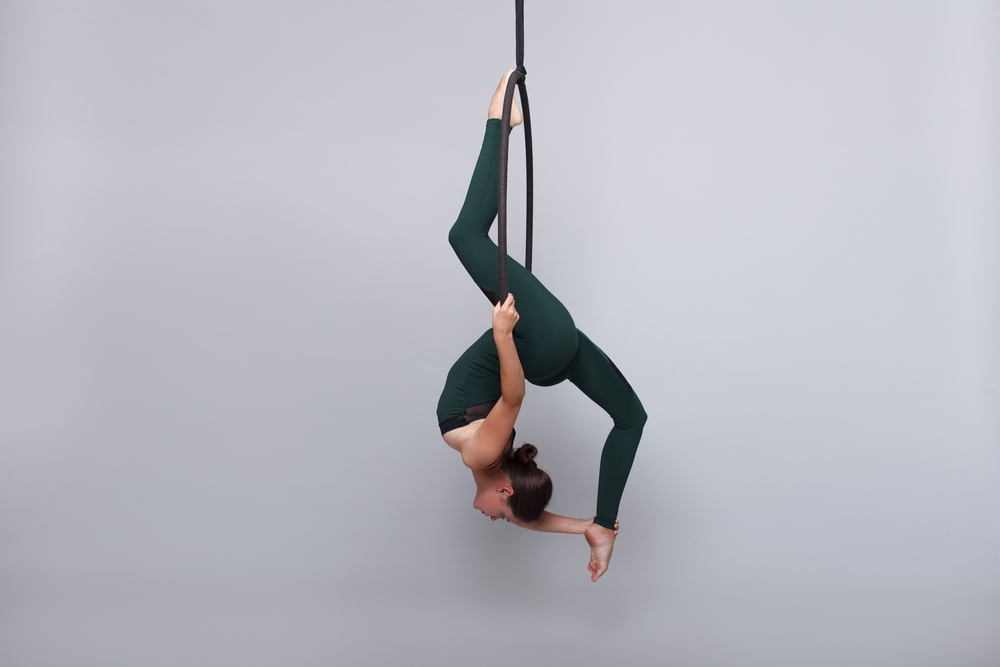Progressing Flight: A Transformative Study
Integrating Somatic Practices with Progressing Ballet Technique in Aerial Dance. Rosalinda Rojas' thesis, "Progressive Flight: A Transformative and Somatically-Informed Performance Practice for the Aerial Dance Student Practitioner," explores the integration of somatic practices with traditional aerial circus methods and Progressing Ballet Technique (PBT) in a groundbreaking study. Conducted over twelve weeks at the University of Northern Colorado, this research investigates how these methods can enhance muscular strength, endurance, body awareness, and aesthetic sensitivity in aerial dance students. The study uniquely combines PBT with somatic-based exercises, providing compelling evidence of their effectiveness in improving specific physical capacities and deepening students' understanding of movement. This research underscores PBT’s versatility and its profound impact on enhancing traditional dance practices, positioning it as an essential technique for aerial dancers seeking to elevate their performance and body consciousness.

Progressing Flight: A Transformative and Somatically-Informed Performance Practice for the Aerial Dance Student Practitioner
Source: https://digscholarship.unco.edu/theses/65/
Abstract
Somatic based methods is an emerging area of interest within the subject area of dance study and more recent in aerial movement practice. Somatic movement experiences have inherent, distinctive and transformative characteristics to deepen understanding and knowledge of the concept of soma. This thesis investigates how somatic based exercises might influence physical strength, endurance, body awareness and sensitivity in an original research design.
The study incorporates Progressing Ballet Technique or traditional based aerial circus methods with an aim to answer three essential questions.
- How might the use of somatic based or traditional aerial movement methods improve students’ muscular strength and endurance in specific body areas when performing static exercises?
- How might the use of somatic based or traditional aerial movement methods improve students’ strength and endurance while performing movement exercises?
- How might the use of somatic-based or traditional aerial movement methods compare to with students’ understanding of movement elements, and overall body awareness and aesthetic sensitivity.
The study was conducted over a period of twelve weeks and used five research instruments to collect data from an experimental and control group of participants. The researcher attempts to present key insights regarding comparative practice regarding transformative practice methods useful to the student practitioner of aerial dance.
Suscríbete a nuestro newsletter
Recibe consejos, noticias y recomendaciones.